Welcome to Guangdong Zhenhua Technology Co.,Ltd.
News
-
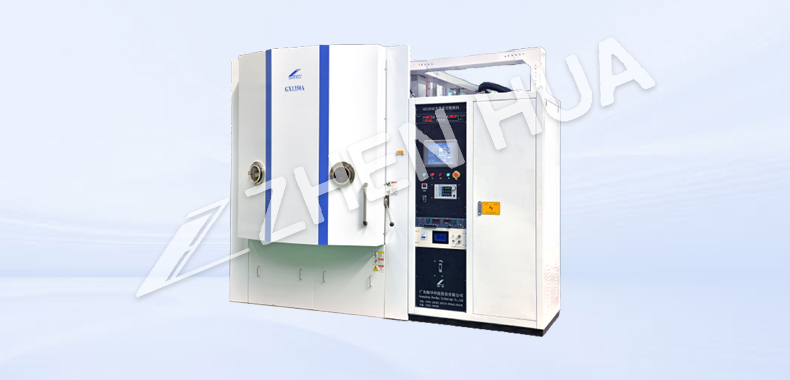
Lucrative Optical Coating Equipment Market: Demonstrating Huge Sales Potential
The optical coating industry has witnessed significant growth over the years owing to technological advancements, increasing demand for high-performance optics, and rapid industrialization. Hence, the global optical coating equipment market is booming, creating huge opportunities for companies in...Read more -
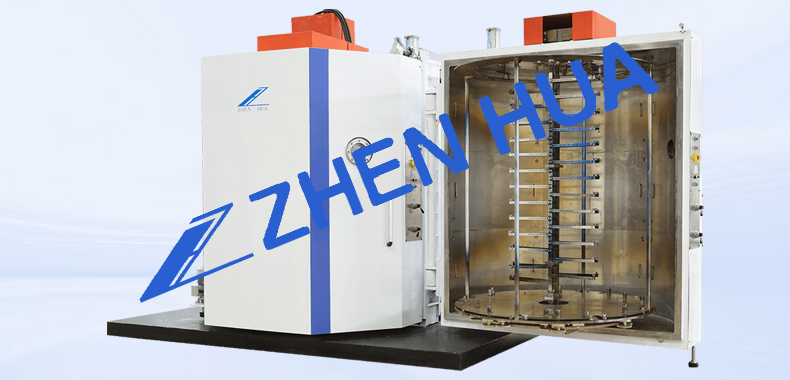
Analysis of the Advantages and Disadvantages of Electron Beam Evaporation
introduce: In the field of thin film deposition technology, electron beam evaporation is an important method used in various industries to produce high-quality thin films. Its unique properties and unrivaled precision make it an attractive choice for researchers and manufacturers. However, like a...Read more -

Ion beam assisted deposition and low energy ion source
1.Ion beam assisted deposition mainly uses low energy ion beams to assist in surface modification of materials. (1) Characteristics of ion assisted deposition During the coating process, the deposited film particles are continuously bombarded by charged ions from the ion source on the surface of...Read more -
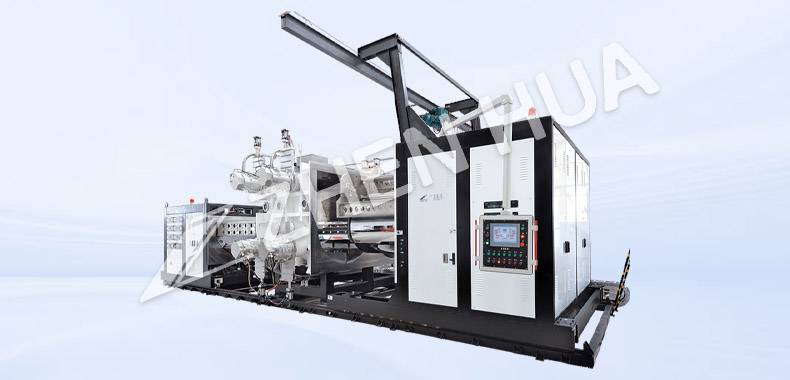
Color of decorative film
The film itself selectively reflects or absorbs incident light, and its color is the result of the optical properties of the film. The color of thin films is generated by reflected light, so two aspects need to be considered, namely the intrinsic color generated by the absorption characteristics ...Read more -
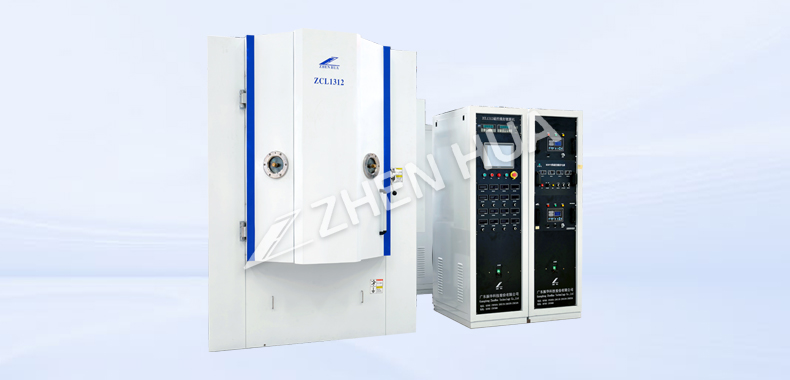
Introduction of PVD principle
ntroduction: In the world of advanced surface engineering, Physical Vapor Deposition (PVD) emerges as a go-to method for enhancing the performance and durability of various materials. Have you ever wondered how this cutting-edge technique works? Today, we delve into the intricate mechanics of P...Read more -
Optical Coating Technology: Enhanced Visual Effects
In today’s fast-paced world, where visual content has a lot of influence, optical coating technology plays an important role in improving the quality of various displays. From smartphones to TV screens, optical coatings have revolutionized the way we perceive and experience visual content. ...Read more -
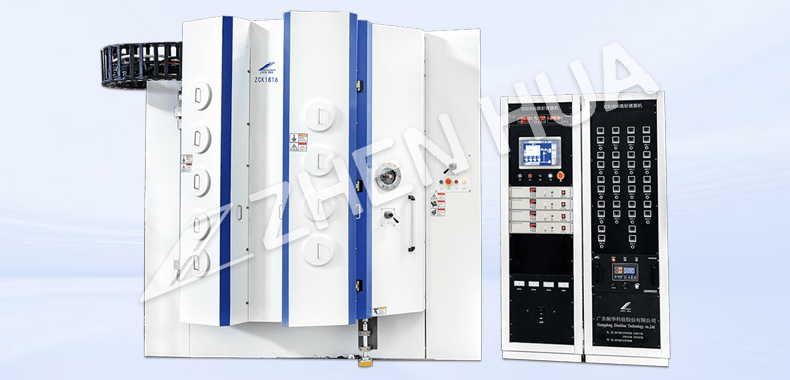
Enhancing Magnetron Sputtering Coating with Arc Discharge Power Supply
Magnetron sputtering coating is carried out in glow discharge, with low discharge current density and low plasma density in the coating chamber. This makes magnetron sputtering technology have disadvantages such as low film substrate bonding force, low metal ionization rate, and low deposition ra...Read more -
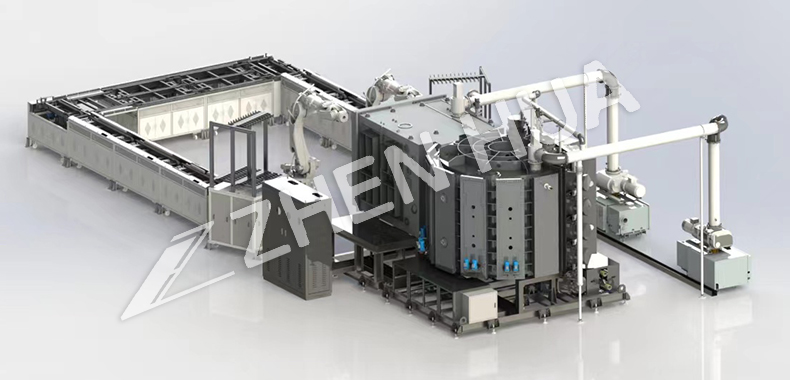
Utilization of RF discharge
1.Beneficial for sputtering and plating insulation film. The rapid change in electrode polarity can be used to directly sputter insulating targets to obtain insulating films. If a DC power source is used to sputter and deposit insulation film, the insulation film will block positive ions from ent...Read more -
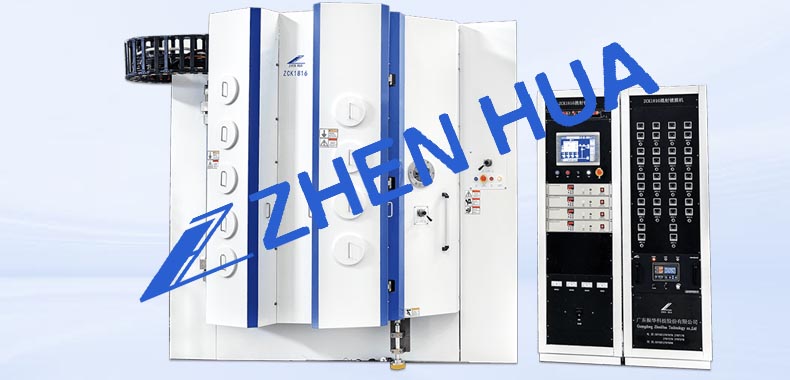
Low-temperature ionic chemical heat treatment
1. Traditional chemical heat treatment temperature Common traditional chemical heat treatment processes include carburizing and nitriding, and the process temperature is determined according to the Fe-C phase diagram and Fe-N phase diagram. The carburizing temperature is about 930 °C, and th...Read more -
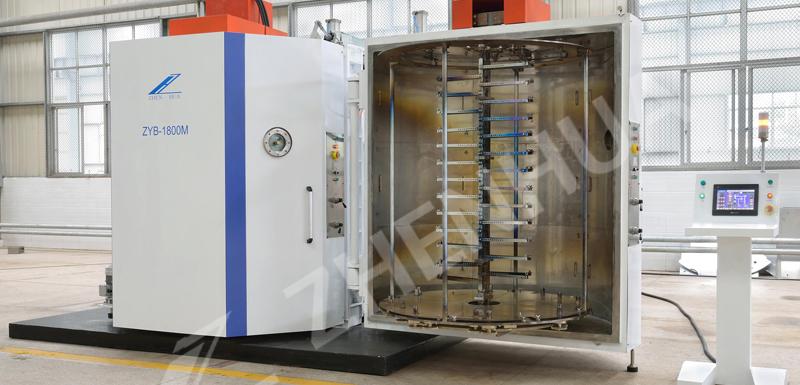
Technical characteristics of vacuum evaporation coating
1. The vacuum evaporation coating process includes the evaporation of film materials, the transport of vapor atoms in high vacuum, and the process of nucleation and growth of vapor atoms on the surface of the workpiece. 2. The deposition vacuum degree of vacuum evaporation coating is high, gener...Read more -
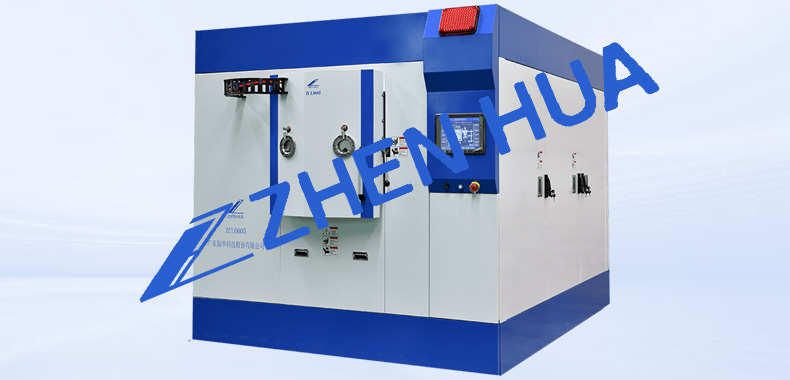
Types of hard coatings
TiN is the earliest hard coating used in cutting tools, with advantages such as high strength, high hardness, and wear resistance. It is the first industrialized and widely used hard coating material, widely used in coated tools and coated molds. TiN hard coating was initially deposited at 1000 ℃...Read more -
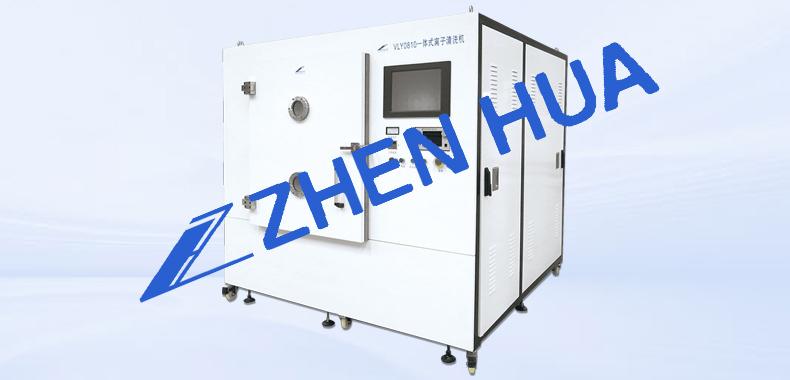
Characteristics of Plasma Surface Modification
High energy plasma can bombard and irradiate polymer materials, breaking their molecular chains, forming active groups, increasing surface energy, and generating etching. Plasma surface treatment does not affect the internal structure and performance of the bulk material, but only significantly c...Read more -
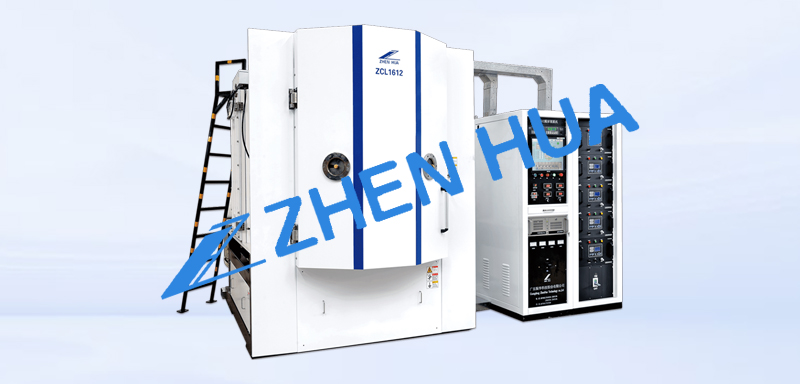
The Process of Small Arc Source Ion Coating
The process of cathodic arc source ion coating is basically the same as other coating technologies, and some operations such as installing workpieces and vacuuming are no longer repeated. 1.Bombardment cleaning of workpieces Before coating, argon gas is introduced into the coating chamber with a...Read more -

Characteristics and Generation Methods of Arc Electron Flow
1.Characteristics of arc light electron flow The density of electron flow, ion flow, and high-energy neutral atoms in arc plasma generated by arc discharge is much higher than that of glow discharge. There are more gas ions and metal ions ionized, excited high-energy atoms, and various active gro...Read more -

Application Fields of Plasma Surface Modification
1) Plasma surface modification mainly refers to certain modifications of paper, organic films, textiles, and chemical fibers. The use of plasma for textile modification does not require the use of activators, and the treatment process does not damage the characteristics of the fibers themselves. ...Read more















